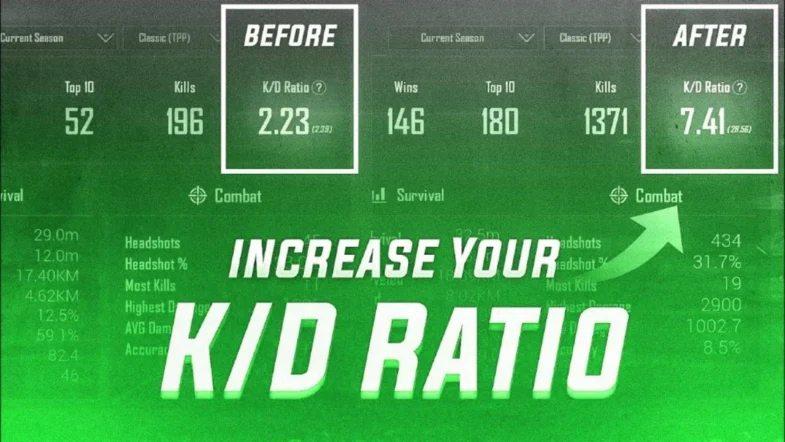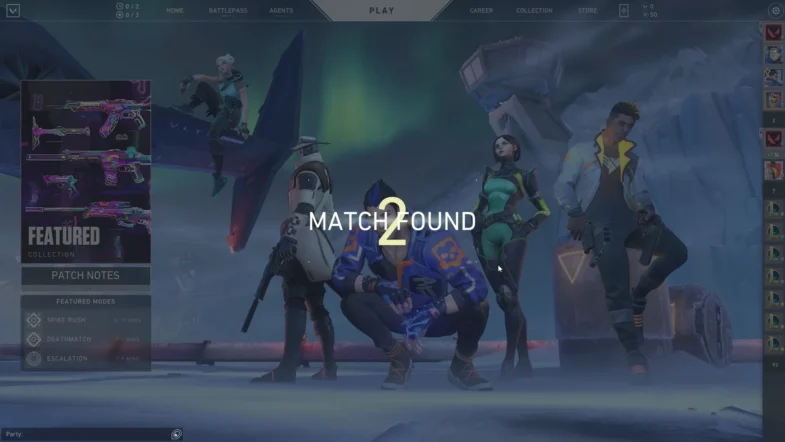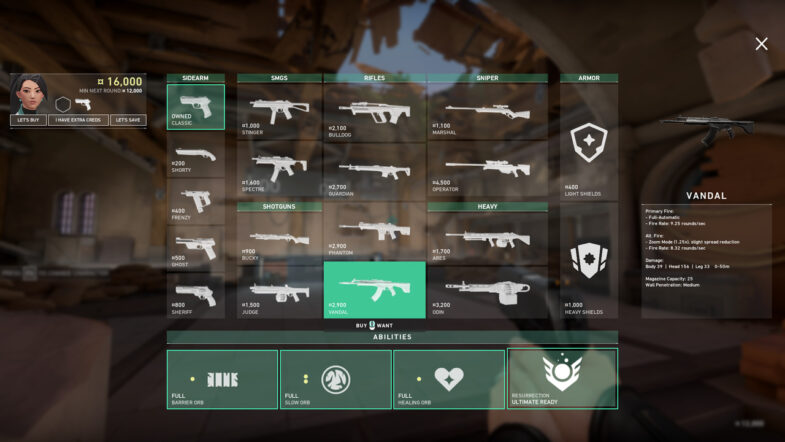As the world of esports continues to gain prominence, Valorant has emerged as one of the most popular competitive titles. With its blend of tactical gameplay and intense gunfights, the game has captivated players and spectators alike. To gain a deeper understanding of the strategies and performances within Valorant matches, teams, coaches, and analysts rely on key metrics for comprehensive analysis. In this article, we will delve into the essential metrics that are crucial for evaluating Valorant matches.
Kill-Death Ratio (K/D Ratio)

Source: youtube.com
The Kill-Death Ratio, often referred to as K/D Ratio, is one of the fundamental metrics used in esports analysis in Valorant live stats. It quantifies a player’s effectiveness in securing kills compared to the number of times they were eliminated. A high K/D Ratio indicates a player’s ability to outplay opponents, while a low ratio may signify difficulties or suboptimal decision-making. This metric is particularly valuable for assessing individual player performance throughout a match or tournament.
Headshot Percentage (HS%)
Valorant emphasizes precise shooting, and landing headshots is critical for swiftly eliminating opponents. The Headshot Percentage (HS%) measures the percentage of a player’s kills that are headshots. A high HS% demonstrates a player’s exceptional aim and accuracy, making them a formidable asset for their team.
Average Combat Score (ACS)
The Average Combat Score (ACS) is a comprehensive metric that considers a player’s kills, assists, deaths, and other contributions within a match. This score provides an overview of a player’s overall impact on the game, taking into account various aspects of their performance. A high ACS suggests consistent and impactful play throughout the match.
First Kill (FK) and First Death (FD)

Source: reddit.com
The First Kill (FK) and First Death (FD) metrics are essential in understanding the early stages of a round. FK measures the player who secures the first elimination in a round, while FD identifies the player who gets eliminated first. These metrics offer insights into a team’s early-round strategies and their ability to gain advantages or recover from initial setbacks.
Opening Kill Success Rate (OKSR)
The Opening Kill Success Rate (OKSR) evaluates a player’s proficiency in securing the first kill of a round when they are the aggressor. It measures the percentage of rounds in which a player secures the opening kill. A high OKSR indicates a player’s prowess in setting the pace for their team and gaining early advantages.
Ability Efficiency
Valorant agents possess unique abilities that can significantly impact the outcome of a round. Ability Efficiency measures a player’s skill in effectively using their agent’s abilities to secure kills, gather information, or disrupt opponents. A player with high Ability Efficiency maximizes the potential of their agent, contributing significantly to the team’s success.
Spike Plant Success Rate
In Valorant, the attacking team’s primary objective is to plant the Spike (bomb), while the defending team aims to prevent it. The Spike Plant Success Rate evaluates how successful a team is in planting the Spike in the rounds they attempt to do so. A high success rate indicates strong execution and teamwork on the attacking side.
Round Win Percentage
The Round Win Percentage illustrates the rate at which a team wins rounds throughout a match or tournament. This metric provides a broader perspective on a team’s overall performance and consistency. A high round win percentage indicates a team’s dominance and ability to close out rounds effectively.
Economy Management

Source: youtube.com
Economy Management is a crucial aspect of Valorant strategy. It involves making wise decisions about when to invest in weapons and abilities or when to save for future rounds. Analyzing a team’s economy management can reveal their ability to adapt and make strategic choices to gain an advantage in the long run.
Metrics Tailored to Maps
In the exhilarating world of Valorant, every map, round, and agent role can dramatically influence gameplay outcomes. By delving into key metrics tailored to these elements, we can gain a deeper understanding of team strategies, dynamics, and performance.Every Valorant map brings a unique landscape, leading to diverse gameplay experiences. But how do you gauge a team’s efficiency on each terrain?
Entry Frag Success Rate: This rate depicts how often a player clinches the first kill when leading an assault. It’s a clear marker of a team’s offensive prowess. For instance, if a player consistently has a high rate on ‘Bind’ but not on ‘Haven‘, they might have mastered specific angles and tactics exclusive to ‘Bind’.
Defender Hold Rate: Imagine holding the fort as waves of adversaries approach. This metric indicates how often defenders halt the spike planting, shedding light on a team’s defensive strengths. Recognizing which maps your team excels at can inform which terrains to prioritize in tournaments.
Round Conversion
Sometimes, even with the odds in your favor, victory can slip away. The Round Conversion Rate provides insight into such scenarios. If your team has numerical superiority or controls pivotal map regions, do they capitalize on it? This rate is more than just a number—it’s a testament to a team’s in-game decision-making, seamless communication, and grace under fire.
Decoding Roles with Metrcis

Source: youtube.com
In Valorant, agents wear different hats – from duelists diving head-first into battle to controllers manipulating the battlefield’s dynamics.
Role-specific Metrics: Understanding an agent’s role and tailoring metrics accordingly can unveil a player’s value to their team. For example, a sentinel’s success isn’t just about kills. It could be about how effectively they locked down an area or detected stealthy foes. By diving into these role-centered metrics, you can appreciate the myriad ways players contribute to a win.
Conclusion
In conclusion, analyzing Valorant matches requires a comprehensive understanding of various key metrics that provide insights into individual player performance and team strategies. From K/D Ratio and Headshot Percentage to Round Win Percentage and Economy Management, each metric contributes to a holistic evaluation of a team’s performance. As the competitive landscape of Valorant continues to evolve, these key metrics will remain vital tools for teams, coaches, and analysts seeking to gain a competitive edge in the world of esports.
